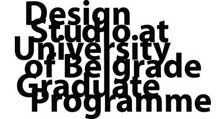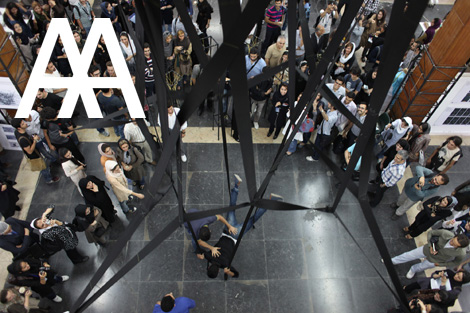Traveling to Iran tonight for another Architectural Association Visiting School workshop (August 30th – September 14th 2013), here is the agenda:
Computing the Anatomy of Tehran
Tehran, Iran’s capital will be used as a testing ground within the framework of the design based research into the continually changing anatomy of the present day cities. The problem in Tehran, like in other fast growing cities, is that processes of urban growth are difficult to control and take their toll on the environment through air and water pollution, accompanied with the loss of arable land and public realm. The question raised is what role architecture can play in remedying current situation in the city, and how to help steer change of the built environment which is fueled with the myriad of economic, cultural, social and other influences. This workshop will explore ways to research, understand and control simultaneous and interconnected processes of urban growth which are escaping traditional planning methodology and often developing their own mechanisms of self-regulation.
The study will be based on several key aspects of the changing city-landscape, such as: Traffic, pollution, waste management, water supply, demography, public space and built density. The research will be based on the data available on the internet and information gathered through on site observation. We will begin with the production of schematic drawings to capture causal and parametric relationships between the observed phenomena. We will then proceed with the production of abstract physical models to further develop understanding of the related processes of physical change.
Design experiments will be conducted with an aim to investigate a specific architectural workflow based on the use of prototypical models in structuring and organizing different aspects of the built environment. The departing point of the study is grounded in the historic work of three American based female artists, Gertrude Goldschmidt Gego, Eva Hesse and Mira Schendel, working almost coincidentally on abstract spatial compositions which all demonstrate high degree of spatial adaptability, interconnectedness of the environment and human activities, and the capacity of structural self-regulation. The knowledge acquired will be used to discuss the development of speculative tools for studying and designing highly complex spatial problems through computation.





